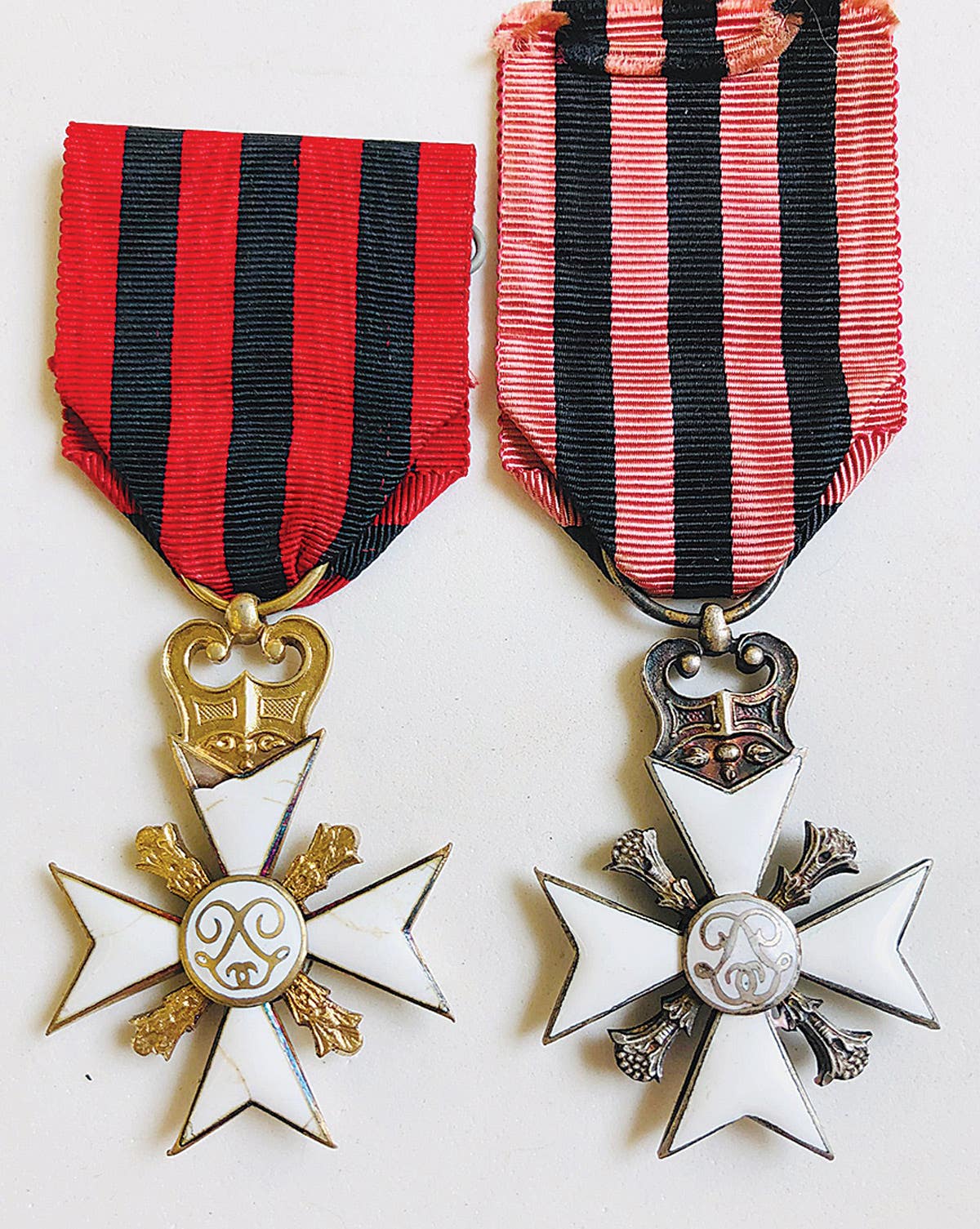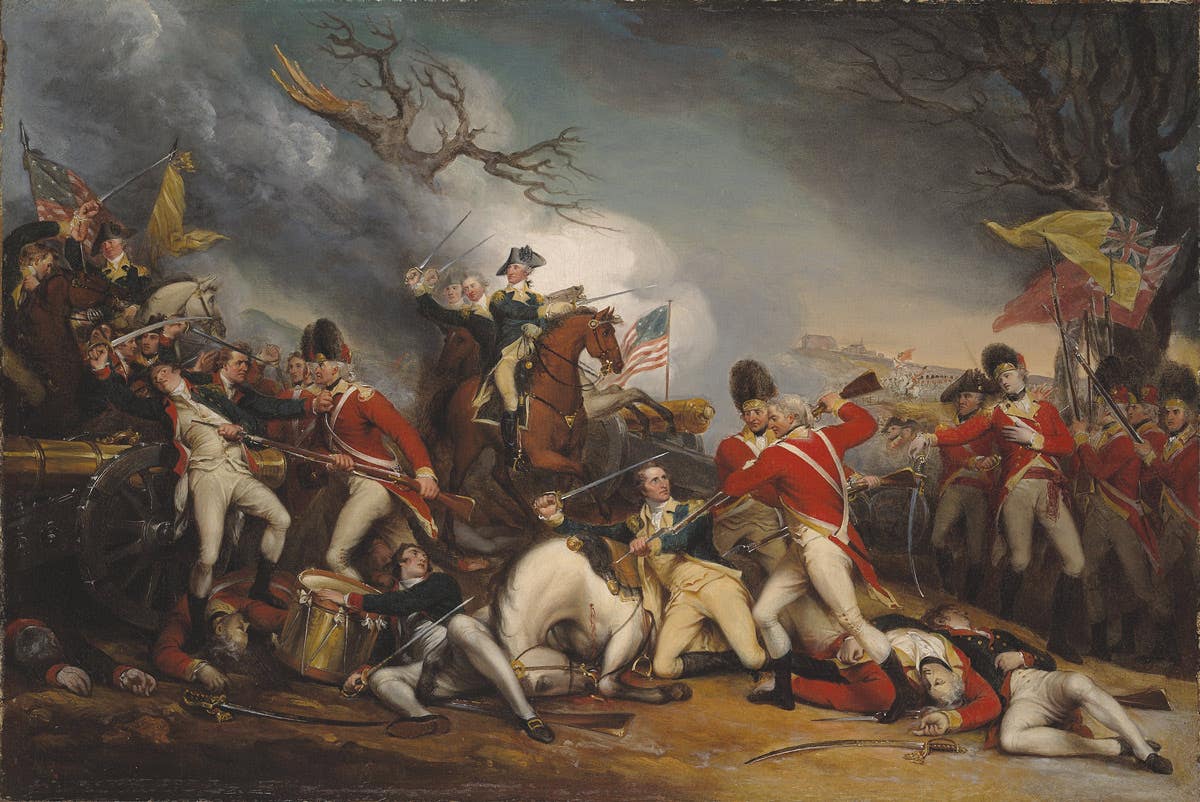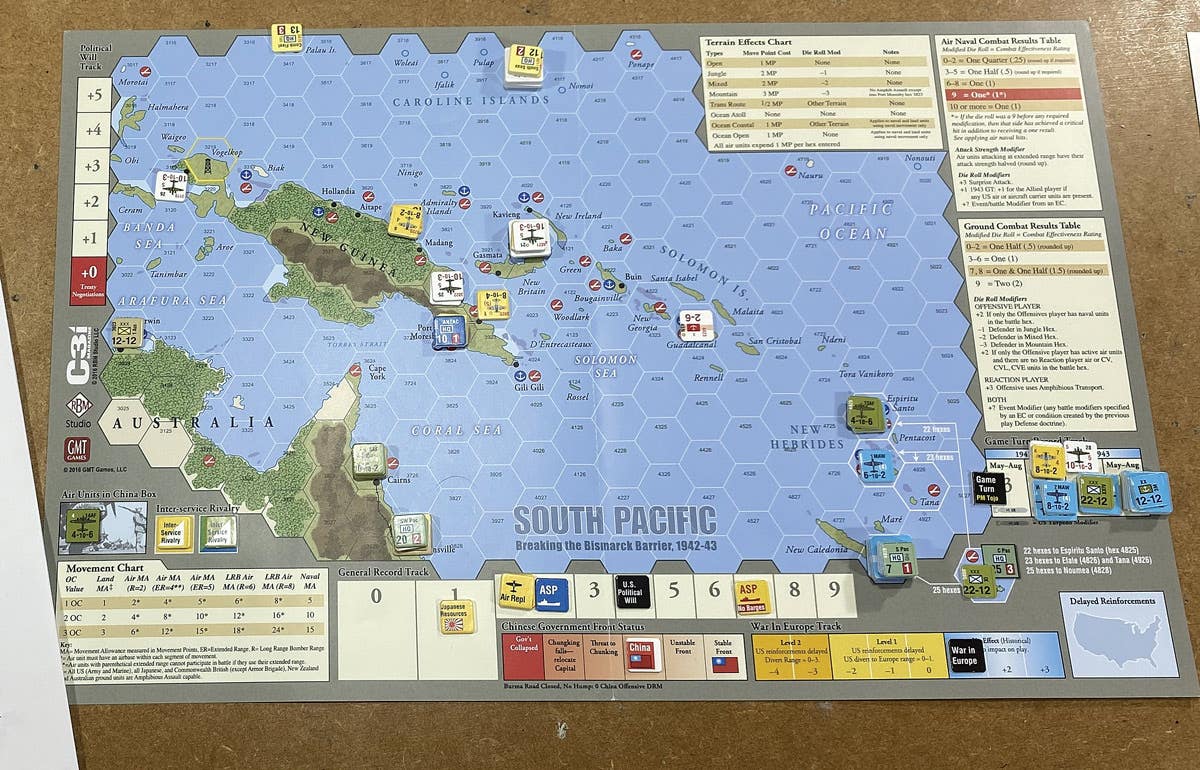A stab in a new direction
A cache of swords is a chance to appreciate new niche in militaria.
We all dream of finding something amazing to add to our collection. For some of us, it might be finding a tunic owned by a member of E Company, 506th Regiment, of the 101st Airborne Division at some Salvation Army store. For another person it might be finding a pristine WWI German luger with all matching numbers at an estate sale for $350. The only thing better than finding one item like these would be to find a collection of them.
Since I grew up on “The Rat Patrol”, “Kelly’s Heroes”, “Combat!”, and “12 O’clock High”, my dreams centered around WWII and the ETO. For many years I dreamed of finding an original, unaltered WWII jeep at an affordable price. I finally gave up on finding one and restored one for myself.
Last month I stumbled into someone else’s dream cache, perhaps yours. For three months I’ve been helping my neighbor clean out her father’s house. I’ve taken multiple loads to the Salvation Army, and she had several truck loads of stuff hauled off to charity. Her father and I had been neighbors for more than 30 years. He was a fine man, and I counted him as a friend. Last week she called me and told me that she would like to give me four old swords that she found under a couch. I was obviously excited. I didn’t collect swords, although I did have two of them — an 1887 French Saber, which I inherited, and a 1913 Patton saber that I stumbled over at an antique show. It was too cheap to pass up. I went over to examine her swords.
I examined them carefully and saw that one of them had been engraved with the name of one of her ancestors. Because I had helped her father with some genealogical research, I recognized the name right off. I was reluctant to accept what seemed to be a valuable gift with family history ties. I pressed her to keep two swords in the family, but I agreed to accept the other two. A few weeks later she called me and told me to come and get the other two swords as well. No one in her family was really interested in the Civil War, nor in family history.
The following is what what I was able to find out about each of them:
1. — The first sword is a nice WWI era U.S. M1902 sword, manufactured by M.C. Lilley. It is engraved on the scabbard “To Lewis P. Hewitt, presented by Co. D, U. of N., 1909.” The scabbard has light tarnish and scratches. The sword itself is in excellent condition, with almost no wear. The blade is heavily engraved with an eagle, e pluribus unum, and crossed flags on one side. The other side has heavy scrollwork and is marked U.S. The blade is 32 inches long, the overall sword length is 37 inches. A 20-inch woven leather sword knot hangs from the guard. Lewis Hewitt became a well-known Oregon judge, but he was born in 1883, too late to have seen service in the Civil War. The sword probably recognizes his involvement in ROTC at the University of Nebraska. Research on this sword continues.
2. — The second sword is an 1850 Foot Officer’s sword. It has the required U.S. etching on the obverse side of the blade. The grip leather is tight and clean. The blade itself is 31¼ inches long, and dark, with no shine remaining. The liberal etching is clearly visible throughout. An examination suggests that it may have seen more than ceremonial use. Of the four swords, this one is the “saltiest.” The leather scabbard is dried, tired, and weak, as are most leather scabbards of this vintage.
3. — The third sword was an 1840 medical officer staff sword, probably by Ames. All Union military surgeons and assistant surgeons were required to obtain a sword for dress purposes. Well-made, these swords were strictly ceremonial. The blade itself is decorated with leaves and flowers. The grip has an American eagle in high relief. The blade is 30⅝” long. I have so far been unable to find the name of the manufacturer on the ricasso, although by comparison with known Ames swords, I suspect that Ames made it. The blade is tarnished black on the last 10 inches. The scabbard, of brass or bronze, shows some verdigris, but is in good condition overall.
4. — The fourth sword is a practice foil, of unknown manufacture and vintage. It has no manufacturer markings. The guard appears to be of nickel, and shows some verdigris. The rectangular shaped blade is 34½ inches long, and is squared off at the tip, to prevent accidental injury. The grip is tight and clean, and appears to be of leather and tan or gold colored thread. I suspect it is fairly modern, and has no military history. It came with no scabbard.
My thought had been that it was a shame that this family doesn’t care about family history. Upon further reflection I think maybe I had it wrong. She knew that I was interested in military history. Perhaps her gift to me was because she cares about history, and in my hands, she knew they would go to someone who would appreciate them. I’ll keep that in mind when I go to estate sales. Sometimes the kindest thing to do with relics, particularly war relics, may be to pass them on to someone who will appreciate them.
By the way, keep looking. There are treasure caches out there to be found. If I hadn’t accepted these, I’m sure they would have gone to the Salvation Army.
*As an Amazon Associate, Military Trader / Military Vehicles earns from qualifying purchases.







